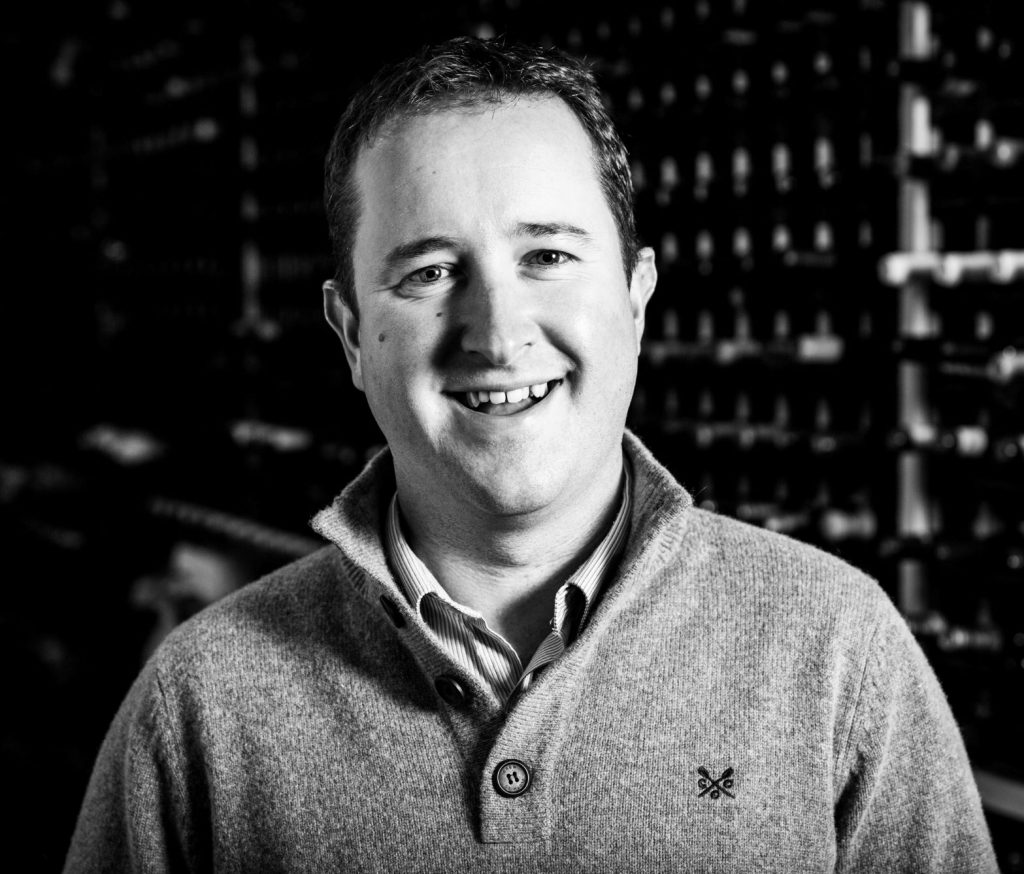Burgundy: understanding allocations
Author: Martyn Rolph

Every year, demand for the finest Burgundy outstrips supply. Here, we talk to Commercial Manager Martyn Rolph about how – and why – we manage our customers’ allocations.
What exactly is an allocation?
An allocation is simply the amount of wine you receive. As merchants, we receive allocations from producers. In turn, our customers receive allocations from us. The best, most sought-after wines are usually only offered on allocation; we all want more of them.
Why do allocations matter in regions such as Burgundy?
In short, scarcity. Production levels across most of Burgundy are very small. Each individual vineyard is often split between many different growers. Some producers own just a row or two; this means they make tiny quantities, often just a few barrels.
How much do vintage conditions impact allocations?
The individual vintage has a huge part to play: a difficult vintage with low volumes will directly impact our allocation from producers. Recently, we’ve seen a succession of smaller Burgundy vintages due to hail and late frosts. The 2020 and 2021 vintages were particularly affected, so there will be less wine for the coming few En Primeur releases. It’s a very challenging situation, especially as demand is so high.
How do you decide a customer’s specific allocation?
Our starting point is to be as fair as possible. When we have really limited availability, we consider a few things: firstly, the customer’s previous purchases from particular producers – we want to help customers buy from producers who they’ve supported in previous vintages. We also consider how involved they are with us – for example, coming to tastings and events, storing wine and engaging with offers.
Ultimately, we want to spread high-demand wines as widely as possible, but it’s important that customers buy a range of wines – not just the big names. This support of growers across the region is essential. It’s much more difficult for us to help customers who only want a single, in-demand case.
Interestingly, producers increasingly express a desire to see their wines go to customers who want to enjoy drinking them, rather than those who are buying to sell on in the future.
How can I increase my chances of getting a particular favourite wine?
Firstly, make sure your Account Manager knows exactly what you’re hoping to buy and be prepared to purchase a selection of cases. Also, keep in mind that we try to reward buying loyalty. Say, for example, you want a particular Premier Cru Vosne Romanée: make sure you continue to purchase in the “lesser years”. This is vitally important as producers need to sell their wines every year, not just in the great vintages.
Of course, it’s also worth mentioning that – regardless of vintage conditions – the best growers rarely produce poor wines. The 2013 vintage is a good example: it’s often referred to as a “lesser vintage”, but I’ve enjoyed many 2013s over the past few years. Most are delicious now – and will be for years to come.
What’s your best advice to a frustrated customer who isn’t getting the wines they want?
The best place to start is by speaking to your Account Manager. We’ll be able to talk to you about the specific wines you’re looking for and shed light on how we are allocating the vintage. For example, there may be a year where we see our allocation for a particular wine drop by more than 50%, making it unattainable. In this situation, we’ll always be transparent and help you find the “next best” option.
Currently, we’re seeing such high demand that very few customers now receive all the wines they would like. It’s a frustrating situation – especially if you’re looking at what you’ve previously been able to purchase – but the landscape has changed significantly. It’s important to be flexible in your approach to get the best out of buying Burgundy En Primeur.
Where should I be looking for the “next best thing”?
In Burgundy we see a conveyer belt – albeit a slow-moving one – of producers whose wines become more desirable and so harder to purchase. For example, Ghislaine Barthod’s Chambolle-Musigny was readily available five to six years ago; Sylvain Cathiard was relatively straightforward to buy 10 years ago – both are now allocated and can be difficult to purchase. More recently, Clos de la Maréchale from Jacques-Frédéric Mugnier has moved into that bracket.
The good news is that, in my view, quality has never been higher. Currently, I’d look to the excellent wines produced by Domaine de la Vougeraie, Benjamin Leroux, Domaine Castagnier and Domaine François Buffet. There are many, many exceptional wines to be found, and our Buyers are continually exploring new producers.
In terms of regions, St Aubin now produces wines that can rival the great white producing villages. and I think that Morey-St Denis is often overlooked by some – incredibly pure, perfumed wines, Domaine Lignier Michelot is a favourite producer from that commune.
What is Berry Bros. & Rudd doing to make sure it has the best allocations in the industry?
We have close, long-term relationships with our producers. This doesn’t just mean visiting them to taste regularly: we also support them in the marketplace and by buying across their range. Nurturing these relationships is the best way for us to maintain volumes in the smaller production years. Also, we try to identify new talent first. When you champion a producer before they become well-known you build loyalty and lay the foundations for a fruitful relationship. Our Burgundy Buyer Adam Bruntlett has unearthed some true gems in the past few years – Domaine Henri Rebourseau is just one example.
You can find out more about collecting wine with us here.


